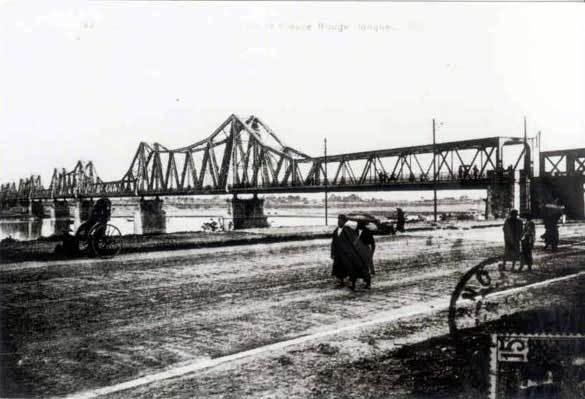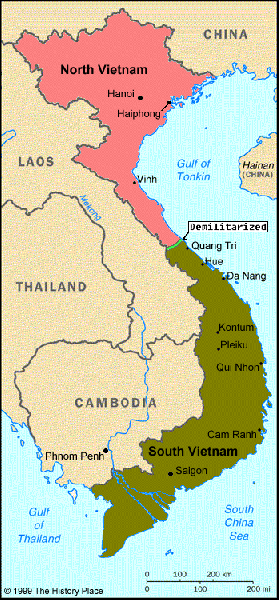
Vietnam (VNM)

Operation Lorraine
Colonial Route 2 plunged into the jungle in the north and we spent the night on a small hill while the engineers put in order Colonial Route 2, dug by Viet Minh trenches. We learned that we were involved in Operation Lorraine. Pavel Knihař, veteran of the Foreign Legion and commander of the Order of the Legion of Honor
Participants in the Third Resistance? Czechoslovaks on the battlefields of Southeast Asia 1945–1954 and 1964–1973
From the speech of the KSČM MP Marta Semelová of 11 February 2011 at the Chamber of Deputies, discussing the bill on the Third Resistance

Paul Doumer Bridge

Reasons for the failure of state-building in South Vietnam

Reasons for the failure of state-building in South Vietnam: 1. Characteristics of state-building

Reasons for the failure of state-building in South Vietnam: 2. United States of America

Reasons for the failure of state-building in South Vietnam: 3. South Vietnam

Reasons for the failure of state-building in South Vietnam: 4. External factors

Reasons for the failure of state-building in South Vietnam: Conclusion

Reasons for the failure of state-building in South Vietnam: Introduction
The journey of the United States to Vietnamese hell
American professional athlete Rocky Bleier almost lost both legs in Vietnam. In a later interview, he had only one regret. No one ever told him what it was all about. Not at the training center, not in his platoon in Vietnam. "I wanted to know why I was going there," he said, "but I never found out."
The living envy the dead

The South China Sea region as a security complex

Venture "Vietnam"
Sergeant-chef František Vaňhara, April 7, 1951

Preceding State Formations

Upper Territorial Units

Lower Territorial Units

Cities and Villages

Industry

Military Objects

Military Cemeteries

Fortifications

Castles, Chateau, Strongholds

Museums
Join us
We believe that there are people with different interests and experiences who could contribute their knowledge and ideas. If you love military history and have experience in historical research, writing articles, editing text, moderating, creating images, graphics or videos, or simply have a desire to contribute to our unique system, you can join us and help us create content that will be interesting and beneficial to other readers.
Find out more
